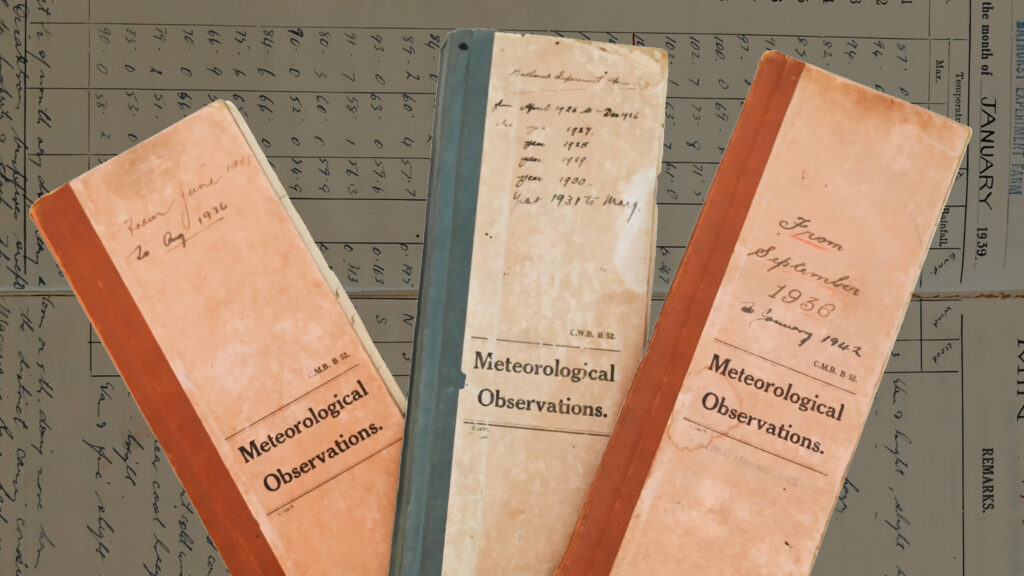
Throughout the month of January 1939, the weather in Bathurst vacillated from a daytime high of 40.6°C on the 11th to a nighttime low of 8.6°C on the 29th. Smoke haze filled the sky, rain was only recorded on six days, and the Macquarie River ceased flowing. This is only part of the information that […]
Read More…
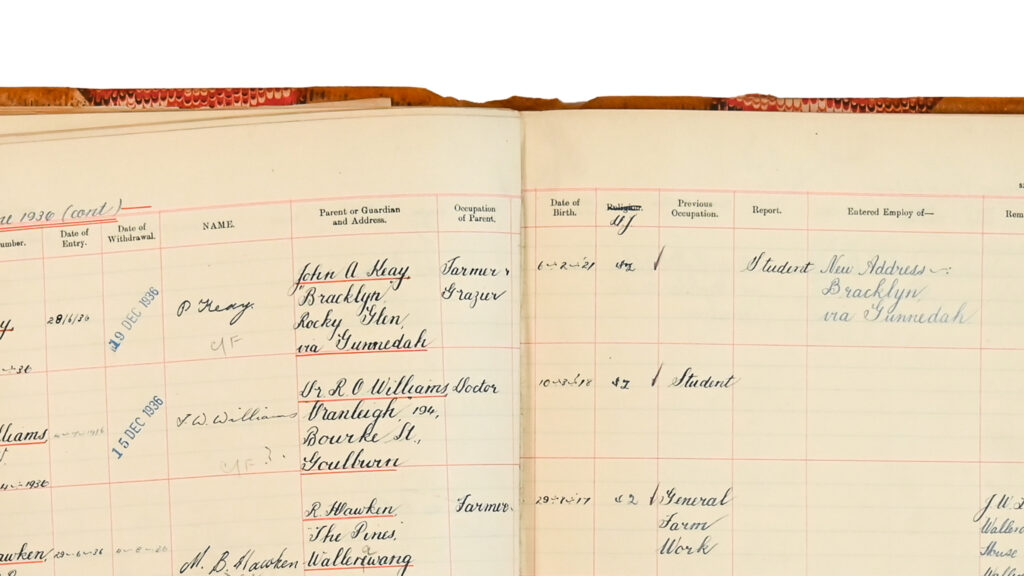
When the NSW Government established the system of Experiment Farms, the aim was to turn out practical farmers in order to improve agricultural capacity. To achieve this, the Bathurst Experiment Farm School was established in 1897 and would train over 850 students until the school closed in 1941. This register of students enrolled at the […]
Read More…
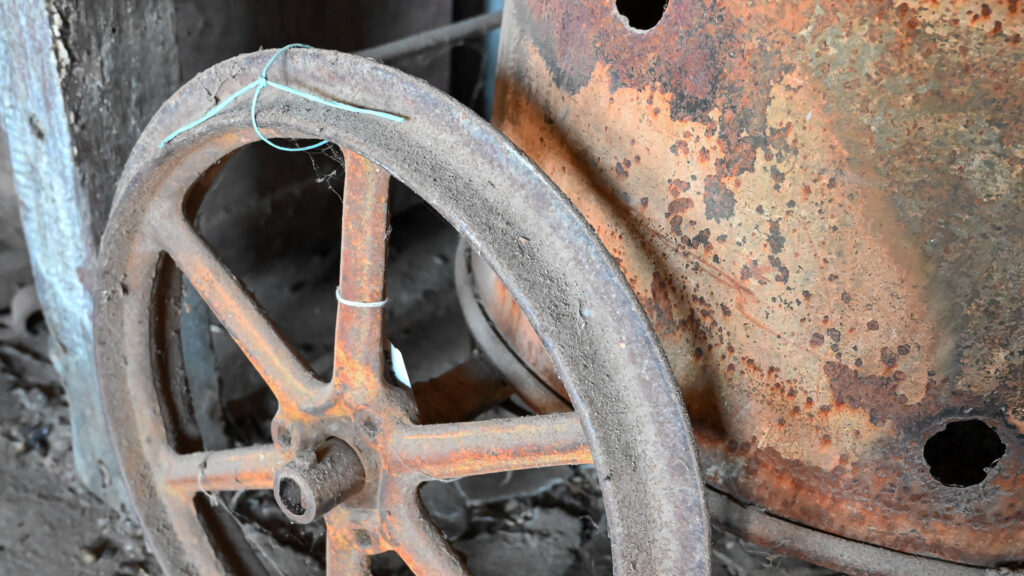
Keeping warm during cold winter mornings was a constant consideration when working in the orchard and fields of the Bathurst Experiment Farm. This hand-drawn fire cart, which was made on the Farm from a forty-four-gallon rolled steel drum and welded frame, provided workers with a source of warmth on frosty winter mornings. Along with providing […]
Read More…
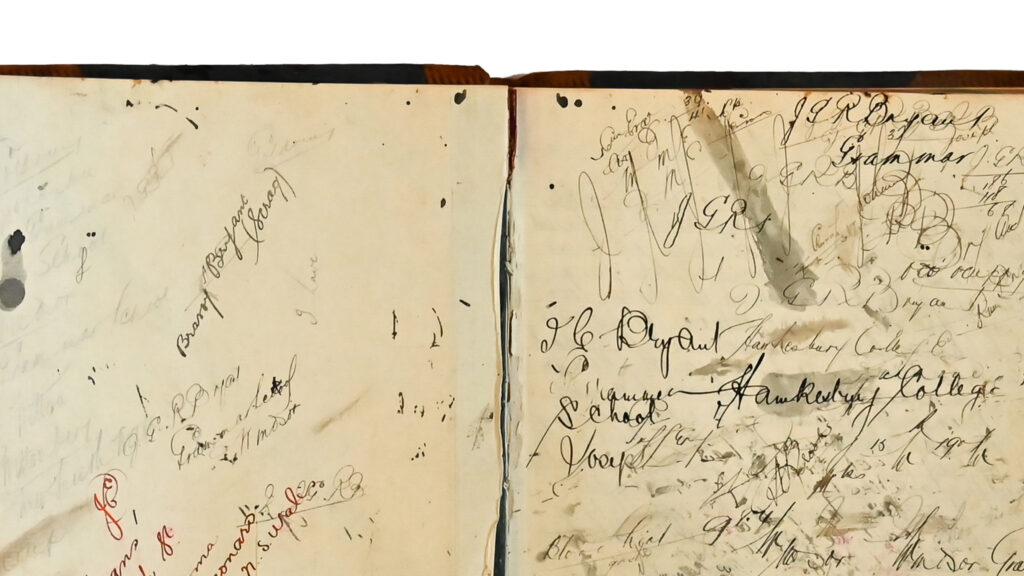
To students of the history of animal husbandry, the lecture notes contained within this book are of great interest. In elegant copperplate script we learn that even the best food will not produce good returns unless the cows are properly handled and their surroundings are comfortable and warm. Although such information has a value in […]
Read More…
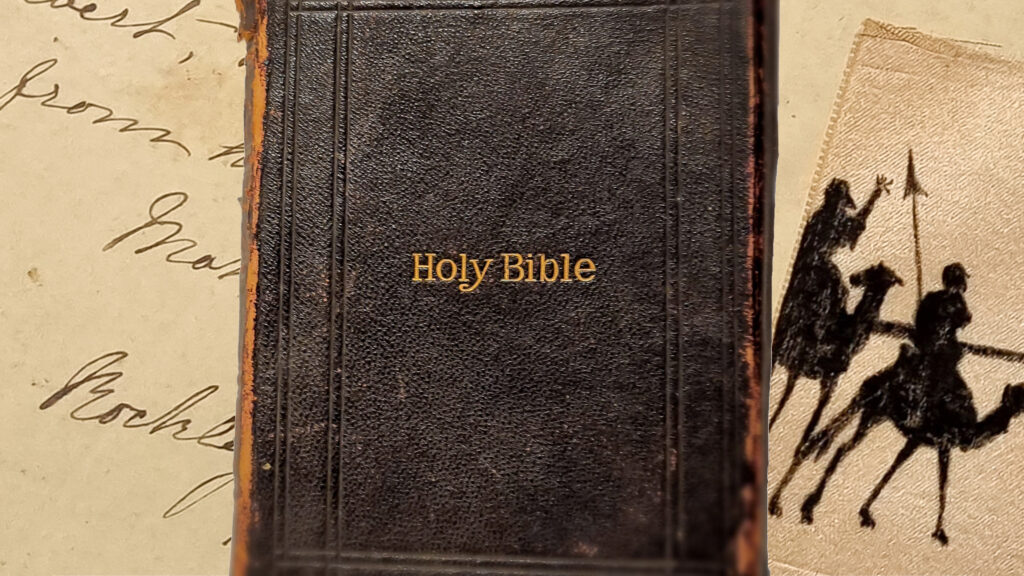
Old family Bibles sometimes contain a family tree tracing its passage through the generations. This small, more personal Bible was owned by Herbert Stanger Budden (1864–1948) and reveals an entangled and interesting family history. Herbert was the eldest son of Arthur Budden (1832–1922) and Sarah Stanger (1840–1873). The Budden and Stanger families were early white […]
Read More…
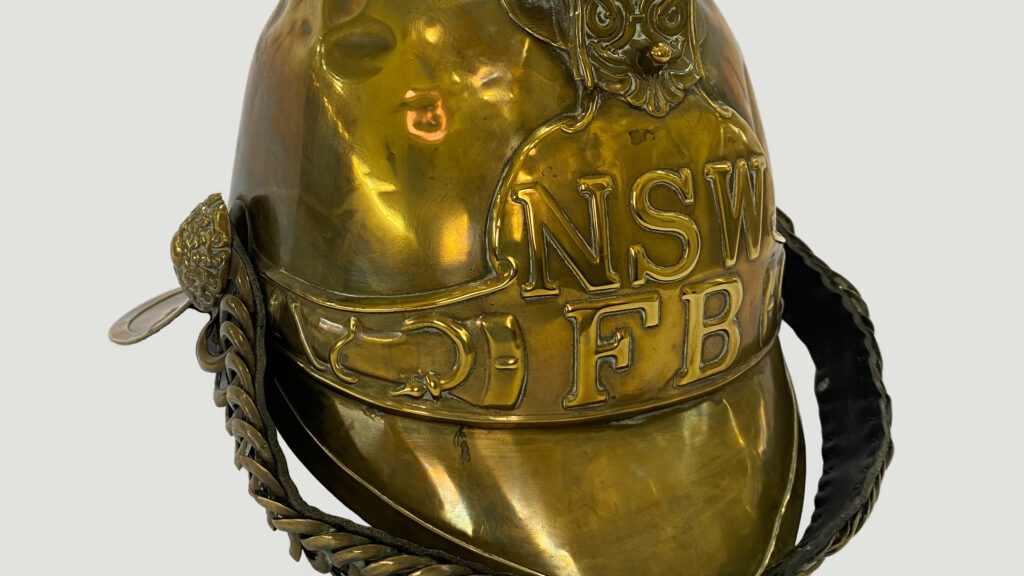
When the shingled roof of the kitchen at Bathurst hospital caught fire in 1878 and destroyed the whole building, the town lamented the fact that it ‘did not posses an efficient trained band ready for duty by day and night.’ At a time when buildings were heated by coal and lit by gas and candles, […]
Read More…
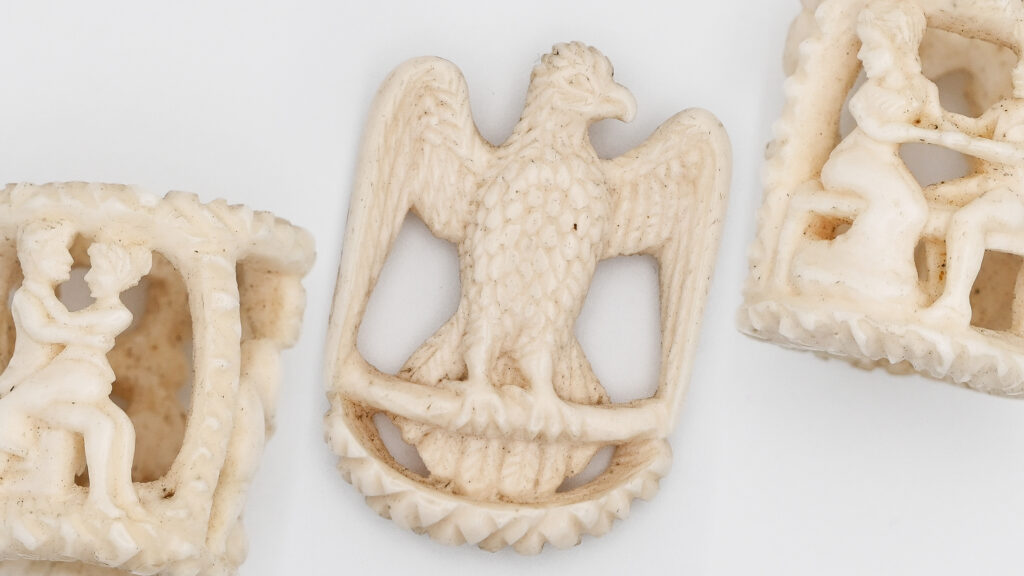
In the 1890s, a Chinese prisoner in Bathurst Gaol was entrusted with a carving tool and used it to create something of beauty. Applying either traditional ivory-carving skills or training received during incarceration, he created twelve delicate trinkets made of bone. Seemingly taking inspiration from Western symbols rather than Chinese motifs, some examples depict a […]
Read More…
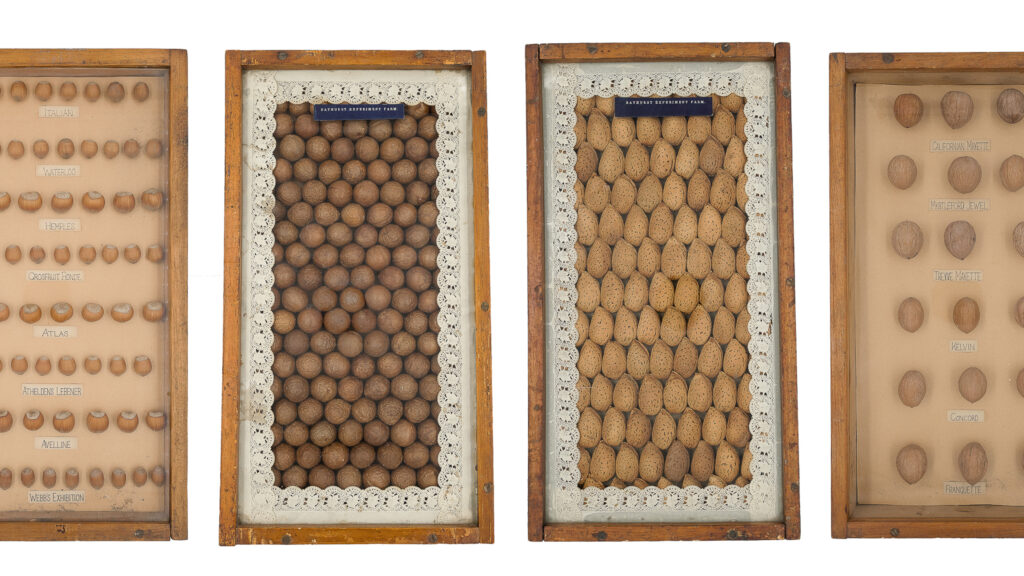
The orchard at the Bathurst Experiment Farm was well-known for its fruit research especially on apple varieties. Research into the possibility of producing nuts commercially is less well-known. The plan of the Farm’s orchard includes walnuts and filberts and these displays of nuts grown at the Farm demonstrate that almonds and macadamia nuts were also […]
Read More…
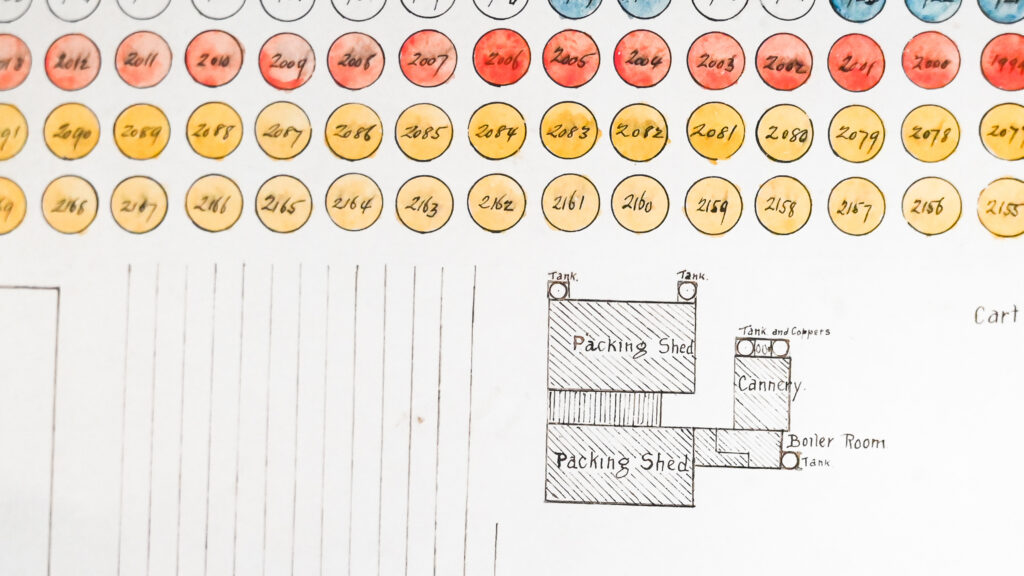
When your orchard covers about fifteen hectares and contains 2,690 trees – half of which are apple trees – you need some way to find any individual tree. This plan of the Bathurst Experiment Farm orchard was devised and used just for this purpose. Until each tree was tagged with their variety in the 1960s, […]
Read More…
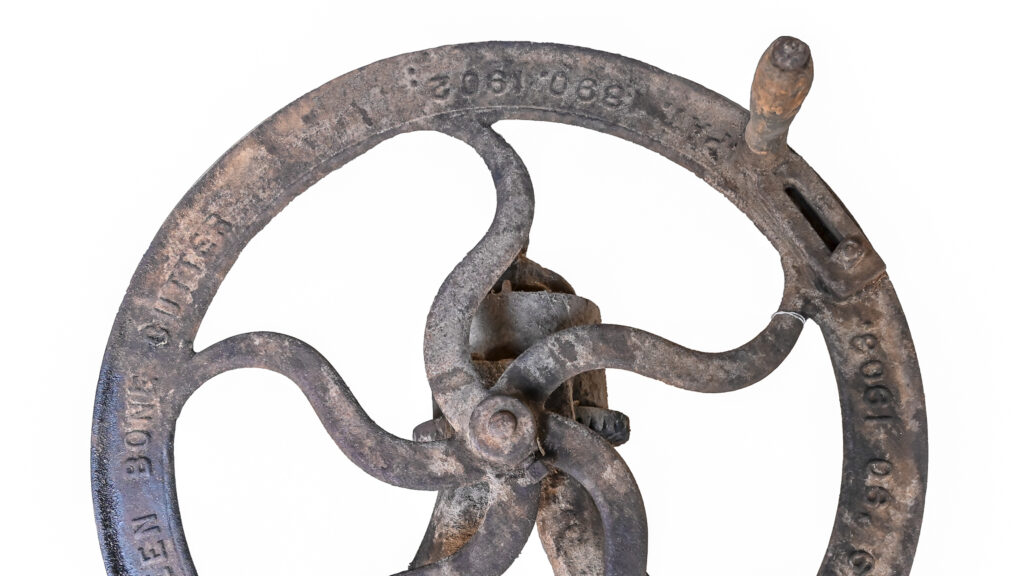
The establishment of the Bathurst Experiment Farm in 1895 (later the Bathurst Agricultural Research Station) was part of a move by the New South Wales Government to increase agricultural capacity through the systematic application of science and education to agriculture. The rather gruesome looking device in the first photograph is the grinding gear of a […]
Read More…











